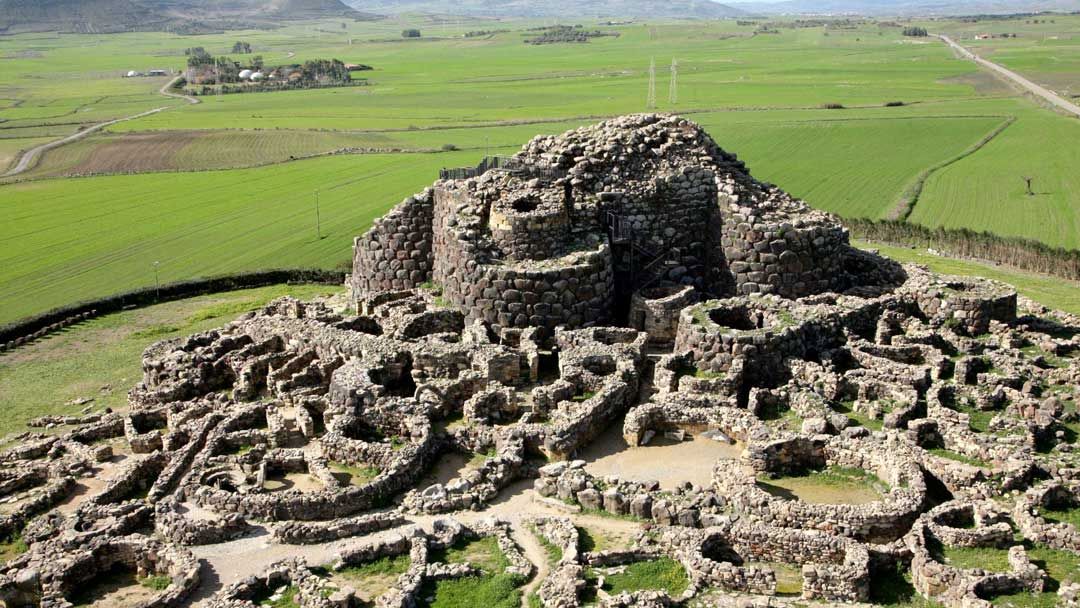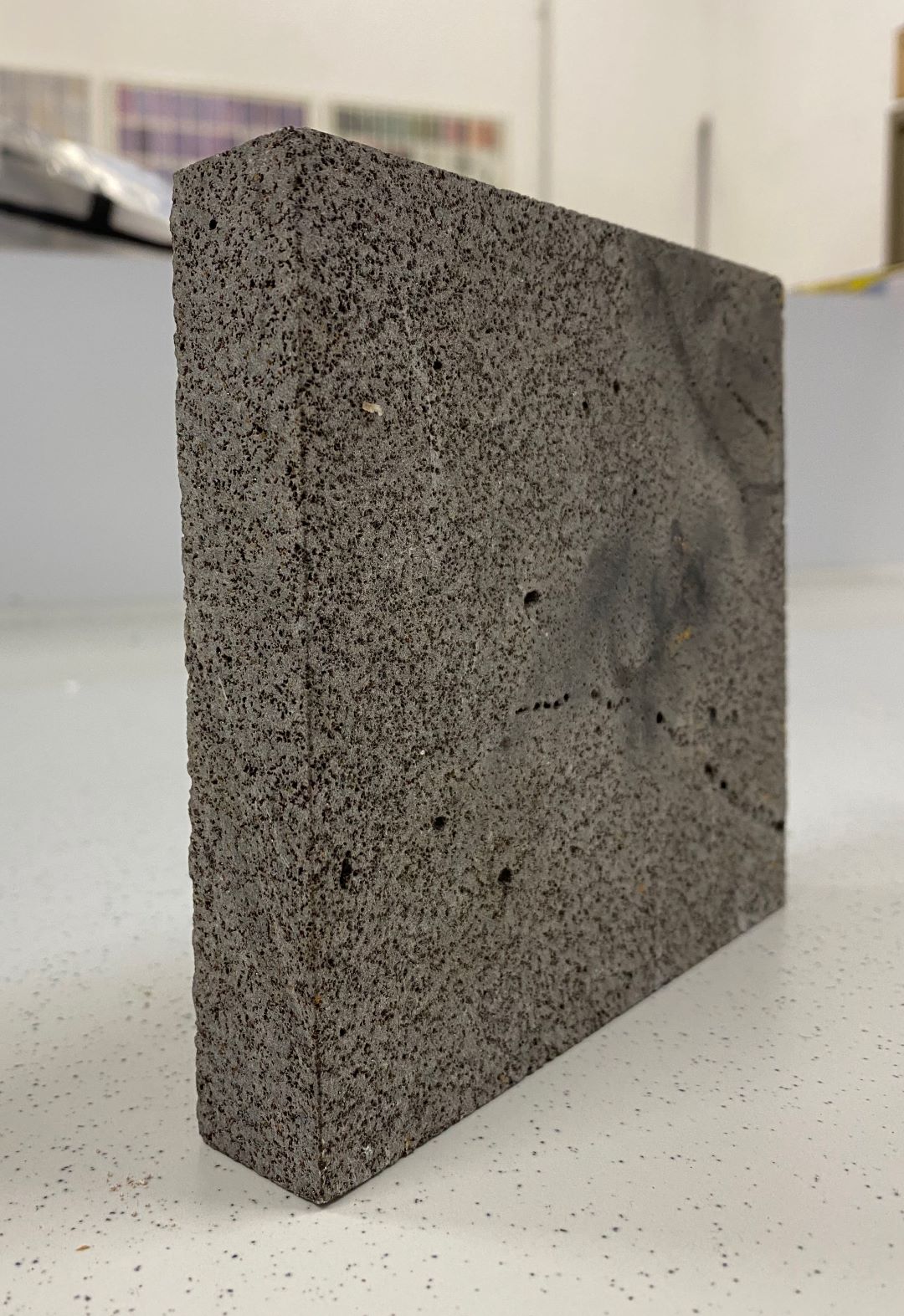
The most famous nuragic settlement “Su Nuraxi”, located in Barumini (ph. from imagomuse.it).
Year designation
Lithology
Aesthetics
Geological settings
Plio-Pleistocene volcanics.
Location
Central-western areas of Sardinia
The most famous nuragic settlement “Su Nuraxi”, located in Barumini (ph. from imagomuse.it).
A rediscovered stone
Since the neolithic age, Sardinian basalt has been used thanks to its easy workability.
Surely the most important historical monument, built by using the Sardinian basalt Is the complex of circular defensive towers, known as “Su Nuraxi di Barumini”, which was included in the World Heritage List by UNESCO in 1997. The use of basalt as a building material as well as ornamental stone is further found in the Roman age.
Basalt made its architectural comeback at the turn of the 11th century, when prosperity resulted in a rise of further construction projects under the Sardinian independent kingdoms “Giudicati”. Numerous groups of buildings scattered throughout the Island, and especially in its Central-Northern part, where churches were built with basalt. The basalt has been used for centuries to built the so-called “basalt towns” until 1950. The stone basalt lived a new phase for nearly two decades especially for the restoration of several civic centers
- Author(s)
Nicola Careddu, Università degli Studi di Cagliari, via Marengo 3, 09123 Cagliari (Italy) and Stefano Columbu, Università degli Studi di Cagliari


